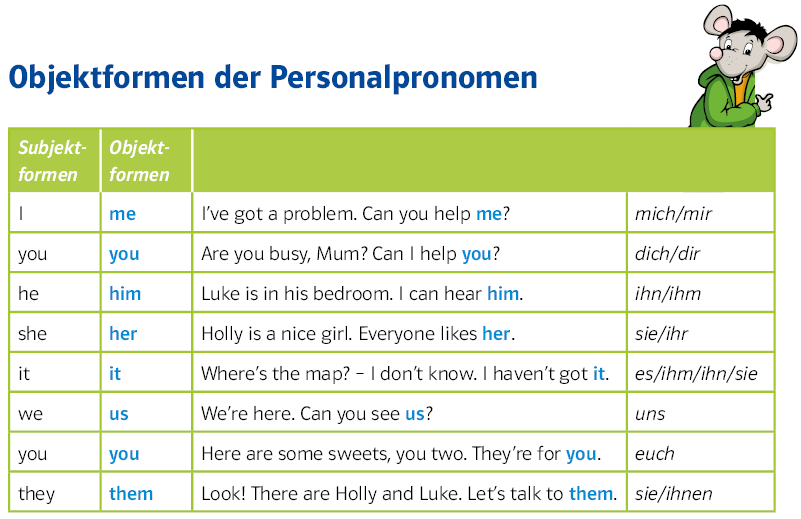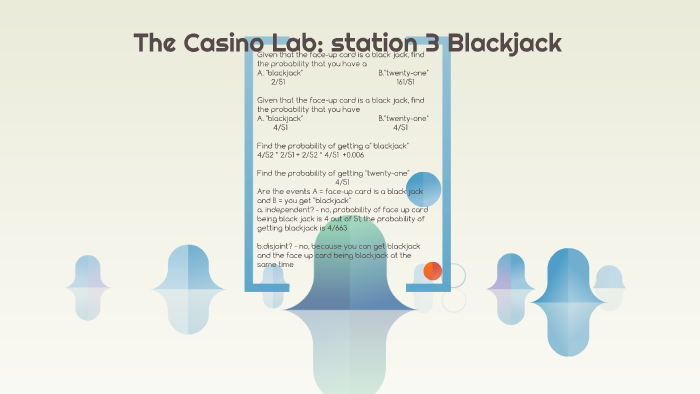Station 3 Blackjack Answers
Posted : admin On 7/18/2022A typical Blackjack table at Station Casinos – this one is from the Red Rock Resort. The circles (or sometime squares) are where you will place your wager, and where the cards will be dealt. To the left of the dealer is the “shoe”, a device where the shuffled cards are placed, ready for dealing. Station 3 Blackjack Answers just for signing up. Search in pages. NEXT Allow All-770. Visit casino February 19, 2019. T&C.
Once you’ve conquered the basics of how to play blackjack,
where do you go next?
You need a guide to intermediate blackjack topics, and this
page is an introduction to those subjects.

We cover 4 main topics on this page:
- Basic Strategy
- Odds and Probability
- Surrender
- Card Counting

Each of those sections on this page provide a detailed
introduction to that topic.
But they also include links to comprehensive coverage of
those topics.
Basic Strategy
Blackjack basic strategy is a term used to describe the
correct way to play every hand in every situation in blackjack.
Beginners might think that this sounds overwhelming, but once
you’ve become an intermediate player, you probably understand
that this isn’t nearly as many combinations as someone might
think.
Basic strategy is usually presented as a table. Across the
top are the possible dealer up-cards: 2, 3, 4, 5, 6, 7, 8, 9,
10, A. That makes for 10 columns.
The rows are made up of the possible totals the player might
have. These are divided into hard totals, soft totals, and
pairs.
By cross-referencing the total you have with the dealer’s
up-card, you can decide whether to double down, hit, split, or
stand in any given situation.
If you look closely at a basic strategy table, you’ll notice
what seems like a dividing line between the 6 and the 7. That’s
because a dealer hand with a 6 or lower is more likely to be a
stiff hand – the dealer is more likely to bust.
You’ll find that the correct move is to stand more often when
the dealer has a 2 through 6.
But if the dealer has a 7 or better, it’s more often correct
to hit.
Keep in mind that these are generalizations, too.
ExampleIf you have a hard total of 12, and the dealer has a 2 or 3
showing, you’ll hit rather than stand. On any higher total
versus a dealer 2 or 3, you’ll stand – even if you only have a 13
or 14.
Basic strategy changes based on the rules variations in play.
Some decisions change based on whether the dealer stands on a
soft 17 or hits. Some change based on the number of decks being
used.
Some websites present basic strategy charts as if they’re a
one-size-fits-all proposition. Others offer basic strategy
generators, where you input the rules variations in use. The
algorithm then presents you with a finished basic strategy.
You’ll find a more comprehensive discussion of basic strategy
on our blackjack basic strategy page.
Odds and Probability
Gambling games are always about odds and probability. How the
math behind blackjack works is a study unto itself.
First, let’s talk about the house edge.
That’s a mathematical expression of how much you’re expected
to lose on every bet you make on a gambling game. All casino
games have a house edge. That’s how the casinos stay in
business.
For most casino games, the house edge hovers around 5%,
although it can vary widely in either direction.
But in blackjack, the house edge generally hovers between
0.5% and 1%, making it one of the best games in the casino for
the smart player.
That number means that the casino expects you to lose that
amount on average of every bet you place. If you’re betting $100
a hand at a blackjack table where the house has a 1% edge, they
expect you to lose an average of $1 per hand over a large enough
set of repetitions.
Of course, this is an average over tens of thousands of
hands. It would be impossible to lose $1 on a single hand of
blackjack if you made a $100 bet. You’d lose $100, win $100, win
$150, or some other number commensurate with your bet size.
It’s only when all the wins and losses are tallied, added,
and subtracted can you find an average loss per hand.
That number is also an assumption. It assumes that you’re
playing with perfect basic strategy. If you’re making a lot of
mistakes while you play, the house edge might be as high as 5%.
(It could be even higher, but we like to assume you have at
least a little card sense.)
One of the more interesting aspects of probability as it
relates to blackjack is the fact that the game has a memory.
What happens on previous hands affects future hands.
You’re playing blackjack in a single deck game, and all the
aces have already been dealt.
The probability of being dealt a natural and getting a 3 to 2
payout is now 0.
It’s impossible to have a natural without an ace.
Since all the aces have been dealt, it’s impossible to get a
blackjack.
This is also the reason card counting works. We’ll talk more
about that later.
For now, let’s refer you to our detailed page on blackjack
odds and probability for more thorough coverage of the subject.
Surrender
Different casinos have different rules about surrendering.
It’s an option that we haven’t covered in detail in our
beginner’s section, and not all casinos offer it.
Here’s how surrender works:
You think the dealer might have a strong hand. You have the
option of giving up half your bet and forfeiting your hand.
This might seem like a dumb move, but if the dealer has a
blackjack, you lose your entire bet. If you have a lousy hand
anyway, it might make more sense to surrender.
Suppose the dealer has a 9 showing. The odds of the dealer
having a strong hand are excellent. At least a third of the
time, she’s going to have a total of 19.
Let’s also suppose you have a hard 16 total. That’s one of
the worst stiff totals you could ask for. If you stand, the
dealer’s probably going to beat you. If you take a hit, you’re
almost certainly going to bust.
You’re better off just giving up half your bet.
If the dealer has a 10 or an ace showing, you’re even more
likely to want to surrender. After all, she has a potential
blackjack.
And that potential blackjack is what creates 2 different
kinds of surrender:
- Early surrender
- Late surrender
In a casino that allows early surrender, you have the option
of surrendering, but you do so before the dealer checks her hole
card for blackjack.
In a casino that allows late surrender, you have the option
of surrendering after the dealer checks her hole card for
blackjack.
Since the dealer wins immediately when she has a blackjack,
early surrender favors the player. Most casinos offering
surrender as an option only allow late surrender.

Blackjack With 21+3
You can read a comprehensive page about surrendering in
blackjack in the appropriate section of our site.
Card Counting
Beginners might think that a section on counting cards would
be more appropriate in the guide for advanced players.
Let’s talk about what card counting is not, first.
If you’ve seen Rain Man, you might think that a card counter
commits an entire deck of cards to memory. If this were what’s
required, most people would be unable to count cards.
In the real world (not the movies), counting cards involves
tracking the ratio of high cards to low card left in the deck. A
deck with a proportionally higher number of high cards in it
favors the player.
Here’s why:
You get paid 3 to 2 if you get a blackjack. Since a blackjack
is made up of aces and 10s, you’re more likely to be dealt a
blackjack when there are proportionally more of those cards in
the deck.
If you raise the size of your bets when there are lots of
aces and 10s in the deck, and if you lower the size of your bets
when there aren’t, you’ll get an edge over the casino.
Card counting systems assign values to the cards to track
this ratio. As each card is dealt, the count goes up or down.
The most basic card counting systems just add or subtract 1
from the count based on which cards are dealt. Low cards are
worth +1, and higher cards are worth -1.
Not only can you size your bets based on how high the count
is, you can also make different basic strategy decisions when
the deck is rich in high cards.
For example, taking insurance makes sense if there are lots
of 10s in the deck. This turns an otherwise foolish side bet
into a mathematically advantageous situation.
But only when the count indicates.
Counting cards is easy enough that anyone can learn to do it.
The trick is doing it well, and that includes learning how to
count cards without getting heat from the casino.
Station 3 Blackjack Answers Questions
We go into elaborate detail on how to count cards, which
systems are used, and how to get the best edge against the house
in our full card counting section.

Conclusion
Blackjack +3 Game
Intermediate blackjack play isn’t much harder than beginner
blackjack play. At this stage of your development as a blackjack
player, you’re refining what you learned as a beginner. You’re
mastering basic strategy, getting a feel for the odds and
probability behind the game, and starting to learn card
counting.
Top 3 Blackjack
Only the most advanced players are going to progress to the
next level. These are the math nerds who want to milk every
tenth of a percentage point of advantage against the casino.
We’ll cover that on our site, too.